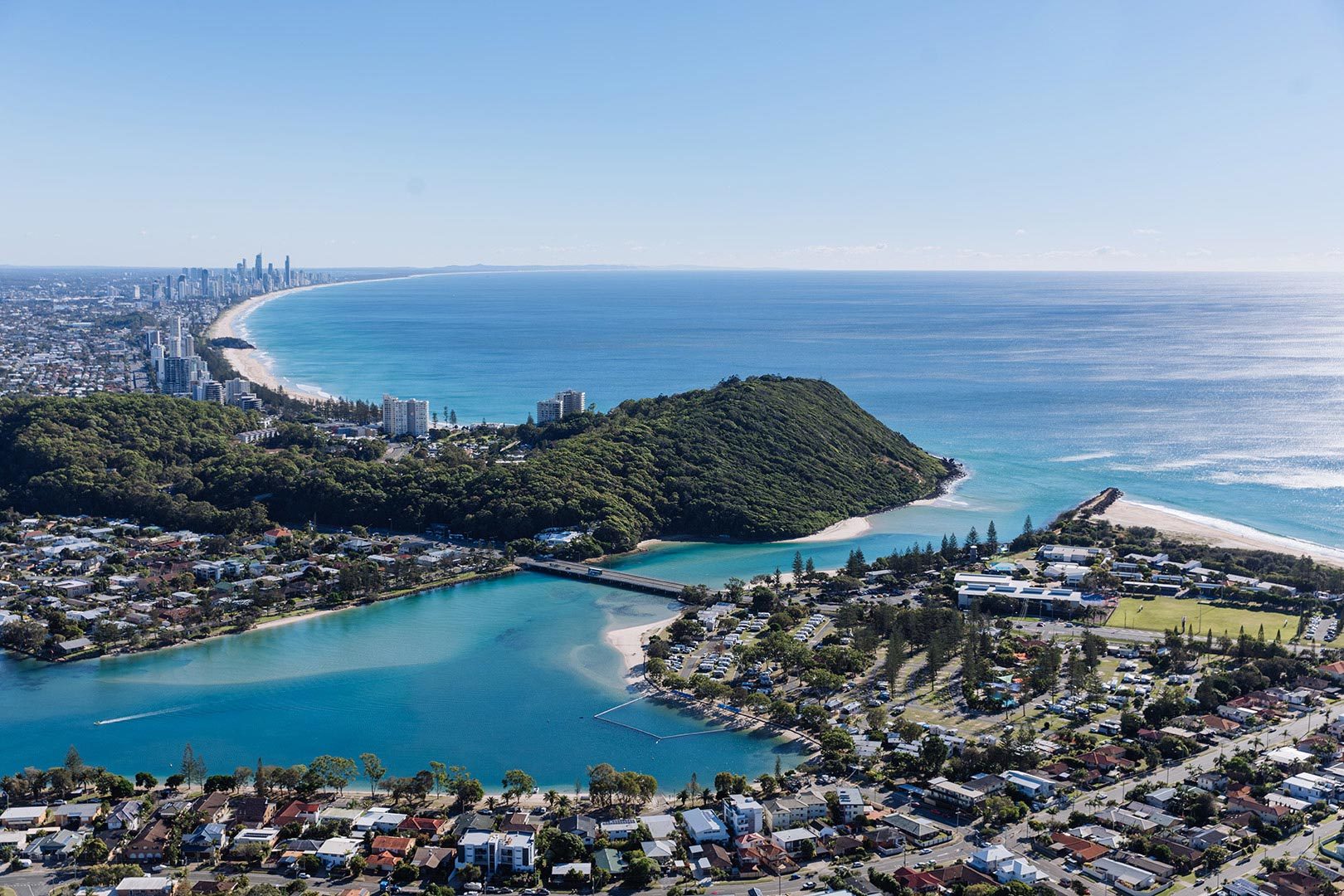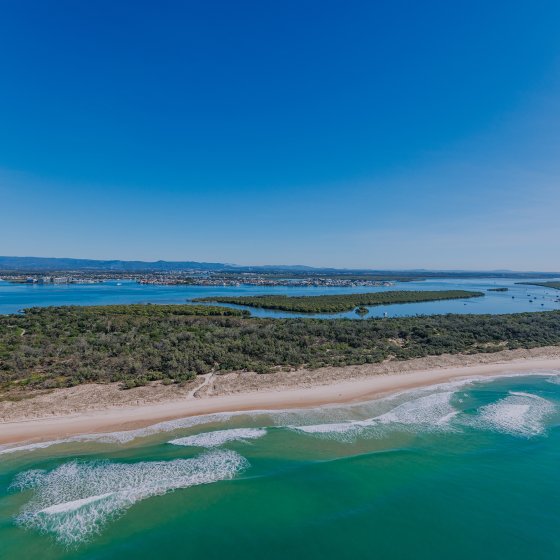Overview
To establish guidelines and best practice measures ensuring our contactors, management, staff, and our valued guests take a sustainable approach to the day-to-day operations of each Tourist Park. Our aim is to create a sustainable future without compromising business, whilst continuing to manage the guest experience and expectations.
Develop guidelines for now and future planning. These guidelines are flexible and responsive to the changing needs of the local community, the state of Queensland, national and global trends.
In 1987, the United Nations Brundtland Commission defined sustainability as “meeting the needs of the present without compromising the ability of future generations to meet their own needs.”
Sustainability Aims:
- Commitment to the protection of the environment
- Contribution to the local economy (circular economy)
- Compliance requirements (legal and ethical)
- Commitment to continued improvement.
Protection of:
- Natural Environment
- Indigenous culture
- Profitable and sustainable business
- Employment opportunities
- Economical benefits for the local community.
Our Sustainability Pledge
To achieve a more sustainable future without impacting business and profitability. Invite and encourage guests and staff on the importance of embracing the 9 R's of waste management and minimisation, and to prioritise partnerships with eco-friendly suppliers and local business.
9 R's of Waste Management and Minimisation
- Rethink your choices
- Refuse single use
- Reduce consumption
- Re-use everything
- Refurbish old stuff
- Repair before replacing
- Repurpose, be creative, reinvent
- Re-gift/Recover or donate
- Recycle last option.

Improvement plan for a sustainable future
- Local engagement (circular economy)
- support and purchase locally made or produced goods and services from local business
- employee locally
- actively support and engage with local charity and causes
- cultural engagement.
- Protection of the surrounding environment
- Eliminate single use products
- Waste
- reduction
- recycling initiatives and schemes.
- Energy efficiency and water management measures
- Education that supports these measures and engage buy-in from guests and staff.
Data collection
- Electric and gas bills
- Water bills
- Waste collection
- Recycling collection.
Establish a green team
- To drive change
- Celebrate achievements by the team.
Reduce
- Energy consumption
- Water consumption
- Printing (ink and paper)
- Use of single-use packaging.
Reuse
- Packaging.
Recycle
- Old furnishings
- Equipment.
Repurpose
- Supporting local charity and causes.

We value our role in the local community by acting and making a difference to ensure our sustainable actions clearly align with the following governing bodies:
City of Gold Coast
- Sustainable Tourism Program
- Contact tourism@goldcoast.qld.gov.au for more details on how to embrace sustainability business practices.
- Commercial Food Waste Initiative
- Our Natural City Strategy 2032
Tourism Events Queensland
Click here to view the full Gold Coast Tourist Parks Sustainability Guide: View Guide

